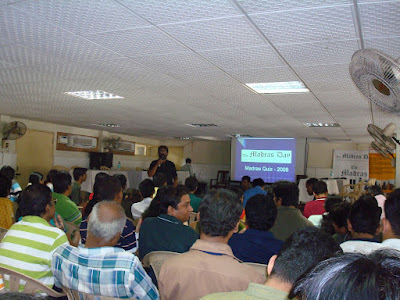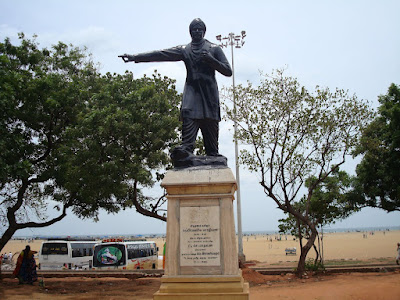Sister act
A few days ago, about 14,000 km away from Chennai, a mile above sea level, history was made. A lady urged her supporters to transfer their allegiance to her one-time challenger, a man hoping to be the first African-American to rule USA; she came on pretty strongly, asking her party to make sure that the man is allowed to make history, something that she will now have to wait for her chance (if there can be one more) to do. One hopes that Hillary Clinton's call for party unity will help Barack Obama have a fair go at John McCain without worrying about saboteurs from within the ranks.
A similar display of unity was what was probably in mind when a city from the USSR became Chennai's first sister city. That was in 1966, when the Mayors of Stalingrad and Madras signed the Protocol of Friendship, establishing their sisterly ties. Since then, both cities have changed their names; Stalingrad is now Volgograd and Madras has moved on to be called Chennai. The second sister took a while in coming - it was in 1984 that Madras established a second sister city partnership. Today, Chennai has four sister cities, the two most recent being Frankfurt, Germany, in 2005 and San Antonio, Texas, USA, in February 2008. It was surprising to read that San Antonio had actually "outgunned Houston in securing a sister city agreement" with Chennai; I can't recall anything significant that has come out of the earlier sister city agreements. In fact, most of the cities appear fairly reticent about their siblings. The Corporation of Chennai website does not have any mention about its sisters; a search of the Alamo city's homepage throws up a couple of press releases about its Indian sister; Volgograd's website remains stuck in the past, continuing to show Karate Thiagarajan as the Mayor of Chennai. Frankfurt is like Chennai - no mention of sister cities on Frankfurt city's website.
Denver, Colorado, USA, where history was made on Thursday, is no exception; the city's website shows a 'City of Madras' Park. But thanks to a friend, I understand that action on the ground need not always get tom-tommed - the photograph that he sent me shows that the sign has been changed as 'City of Chennai Park'. So maybe there is a lot that is being done through the Sister City relationships that we don't get to see - and I hope we'll be able to find out what the benefits have been!









































